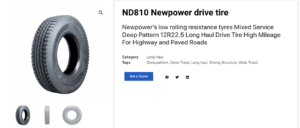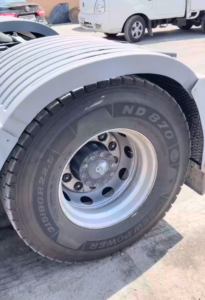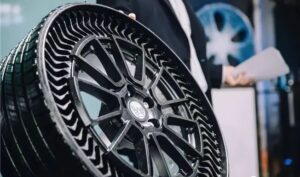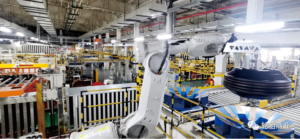Airless tires: Whether airless tires will be a safe choice for the next generation of cars
With the continuous development of the automobile industry, tires as an important part of the car is also advancing with The Times. As the only point of contact between the vehicle and the ground, the safety of the tire is of Paramount importance to the driver. In order to solve the potential safety hazards of pneumatic tires, non-pneumatic tires came into being. Although non-inflatable tire are not yet widely available, Michelin’s Uptis non-inflatable tires have made a breakthrough and are rapidly moving toward commercialization.
Michelin has been working on non-inflatable tire since 2005, and introduced a concept called “Tweel” that year. However, due to some problems in early non-inflatable tires, they have not been widely recognized by the market. Michelin initially applied non-inflatable tire to areas such as lawn mowers. However, through continuous technical research and exploration, Michelin has made the non-inflatable tire technology mature and reliable.

According to Michelin statistics, incorrect tire pressure and air leakage cause 20% of pneumatic tires to be prematurely scrapped, and about 200 million tires are wasted every year. In order to eliminate the association between tires and air factors, Michelin has introduced a new generation of non-inflatable tires called Uptis (Unique Puncture proof Tire System). Michelin, in partnership with General Motors, plans to put this revolutionary tire on passenger cars starting in 2024.
Uptis non-inflatable tire feature fiberglass bands and fiberglass reinforced spring spokes under the tire tread, replacing the air in conventional inflatable tires. The tires are not mounted directly on the hub, but are mounted on Michelin special wheels and are balanced. Compared to conventional tires, Uptis tires do not require a complex disassembly process and can be installed directly on the car.
During the testing phase, the Michelin Uptis non-inflatable tires showed sharper handling performance compared to conventional tires. According to Michelin, the test drivers said that they were very flexible in driving the vehicle with the Uptis non-inflatable tires at the limit. In terms of handling, it surpasses traditional tires and shows obvious advantages. This shows that airless tires have an important development direction in adapting to performance cars. On the track, this airless tyre has a significant advantage.
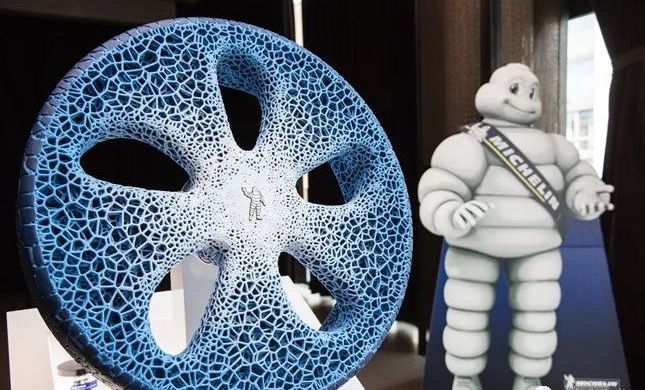
According to Michelin, it took ten years to develop the Uptis tyre. The ultimate goal is the large-scale promotion and commercialization of non-inflatable tires. For both car manufacturers and commercial fleets, airless tires will become an important option, both in developed countries and in developing countries where road conditions are complex.
Thanks to Michelin’s Uptis tyres, the La Poste fleet avoids problems such as improper tire pressure and blowouts, thereby optimising transport productivity and ensuring business continuity. In addition, the frequency of tire replacement will be significantly reduced, thus reducing the waste of resources. It is expected that before 2024, Uptis non-inflatable tires will be officially applied to the passenger car field. Cars with Uptis tires will no longer need to carry a spare tire, further reducing vehicle weight, improving fuel economy, and reducing the environmental impact of conventional tires.
The commercialization of non-inflatable tires will bring revolutionary changes to the automotive industry. It not only provides higher safety performance, but also has a longer service life and lower maintenance costs. With the further development of technology and the increase of market acceptance, non-inflatable tires are expected to become the mainstream choice for future car driving, bringing a safer and more comfortable driving experience to drivers.



